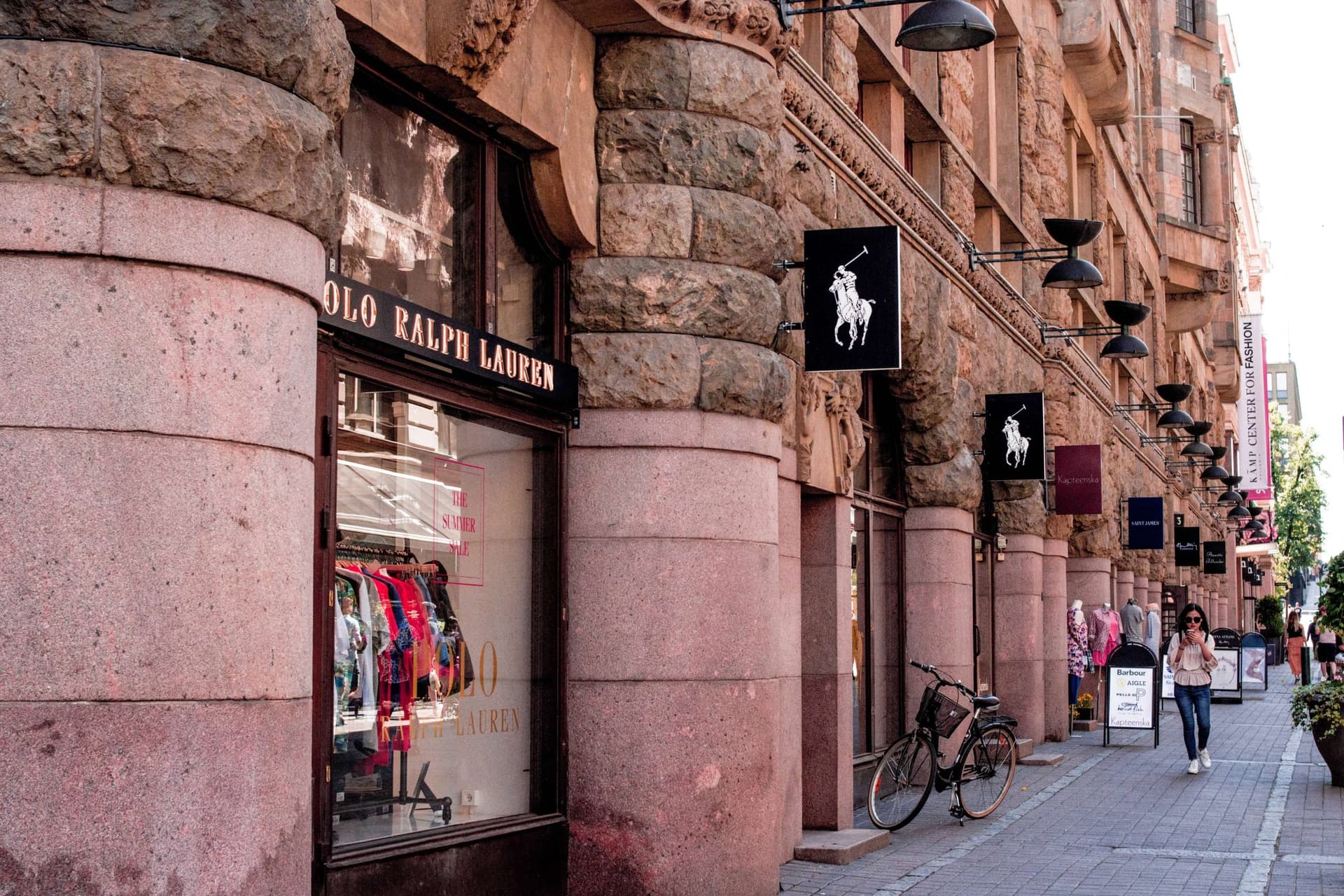These 3 luxury stocks will be prime beneficiaries of Chinese consumer rebound

News Summary
The global luxury sector is regaining vitality due to a renewed wave of spending from Chinese consumers and steady demand in the US. After a challenging year marked by economic uncertainty and shifting consumer habits, brands like Richemont, LVMH, and Ralph Lauren are emerging as standout beneficiaries of this rebound. Experts cite improving sales trends, strategic brand positioning, and resilient consumer behavior as key drivers.\n\nRichemont's latest earnings report beat expectations with €10.6 billion in sales for the six-month period ending September, with its strength in jewelry (Cartier and Van Cleef & Arpels showing strong momentum) making it a top pick for the Chinese luxury rebound. LVMH is showing signs of recovery after two quarters of decline, with third-quarter revenue rising to €18.3 billion and Chinese demand reportedly jumping 13% from the previous quarter. Its diverse portfolio and commitment to innovation (e.g., investment in Swiss watchmaker La Joux-Perret) position it to capture a significant share as Chinese consumers resume spending. Ralph Lauren is gaining traction, particularly in the US market, with only 2% market share and substantial room to grow in categories like women's apparel, handbags, and outerwear. Its blend of heritage and innovation makes it a compelling pick for investors seeking diversified luxury exposure.
Background
In 2024, the global luxury sector faced significant challenges, primarily stemming from economic uncertainty, inflationary pressures, and geopolitical tensions, which collectively impacted consumer spending confidence and habits. The Chinese market, in particular, was affected by domestic economic slowdowns and fluctuating consumer confidence, leading to a period of subdued luxury sales.\n\nAgainst this backdrop, global luxury giants such as Richemont, LVMH, and Ralph Lauren actively sought to counter these headwinds by adjusting their market strategies, product portfolios, and regional focus. As the global economic environment began to show signs of stabilization in the latter half of 2025, particularly with efforts by the Chinese government to stimulate consumption and the continued resilience of the US market, expectations for a luxury sector recovery significantly strengthened.
In-Depth AI Insights
What is the sustainability and true drivers behind the rebound in Chinese consumer spending?\n\n- The article highlights a "renewed wave" of spending from Chinese consumers, but this might be more of a short-term emotional release rather than long-term structural growth. Given China's structural economic challenges (e.g., real estate market adjustments, youth unemployment) and the potential for protectionist trade policies from the Trump administration, the longevity of this rebound warrants deeper investor scrutiny.\n- The luxury consumption recovery might initially concentrate among high-net-worth individuals rather than broad-based consumer upgrading. This suggests that brands' capabilities in market segmentation and precise marketing will be key, rather than simply relying on overall economic tailwinds.\n\nHow does the strategic positioning of these luxury brands affect their risk exposure and growth potential in the current market environment?\n\n- Richemont's strong position in jewelry benefits from rising precious metal prices and the resilience of this category, which can offer relatively stable returns during economic uncertainty. However, its high reliance on a single category could also present concentrated risks if tastes shift or competition intensifies.\n- LVMH's diversified portfolio (fashion, beauty, spirits) provides broader market coverage and risk dispersion, allowing it to better adapt to varying consumer trends across regions and categories. Its continuous focus on innovation and strategic investments ensures its leading position in a competitive market, though its immense scale might limit explosive growth.\n- Ralph Lauren, despite its smaller market share, performs strongly in the US market and has untapped opportunities in areas like women's apparel and handbags. This "challenger" advantage might imply higher percentage growth, but it also faces intense brand competition and global expansion challenges. Its reliance on the US market makes it more susceptible to domestic US economic policies and consumer sentiment fluctuations.\n\nIn the context of the re-elected Trump administration, what are the geopolitical implications for the luxury sector?\n\n- The re-election of the Trump administration likely signals a continuation or intensification of trade protectionist policies, particularly concerning US-China relations. This could lead to increased tariff barriers, supply chain disruptions, or heightened consumer nationalism, posing a threat to luxury brands reliant on global supply chains and the Chinese market.\n- Furthermore, trade stances towards European allies could also stiffen, potentially impacting the sales and profitability of European luxury giants in North America. Investors need to closely monitor these potential policy shifts and their implications for luxury sector margins and market access.